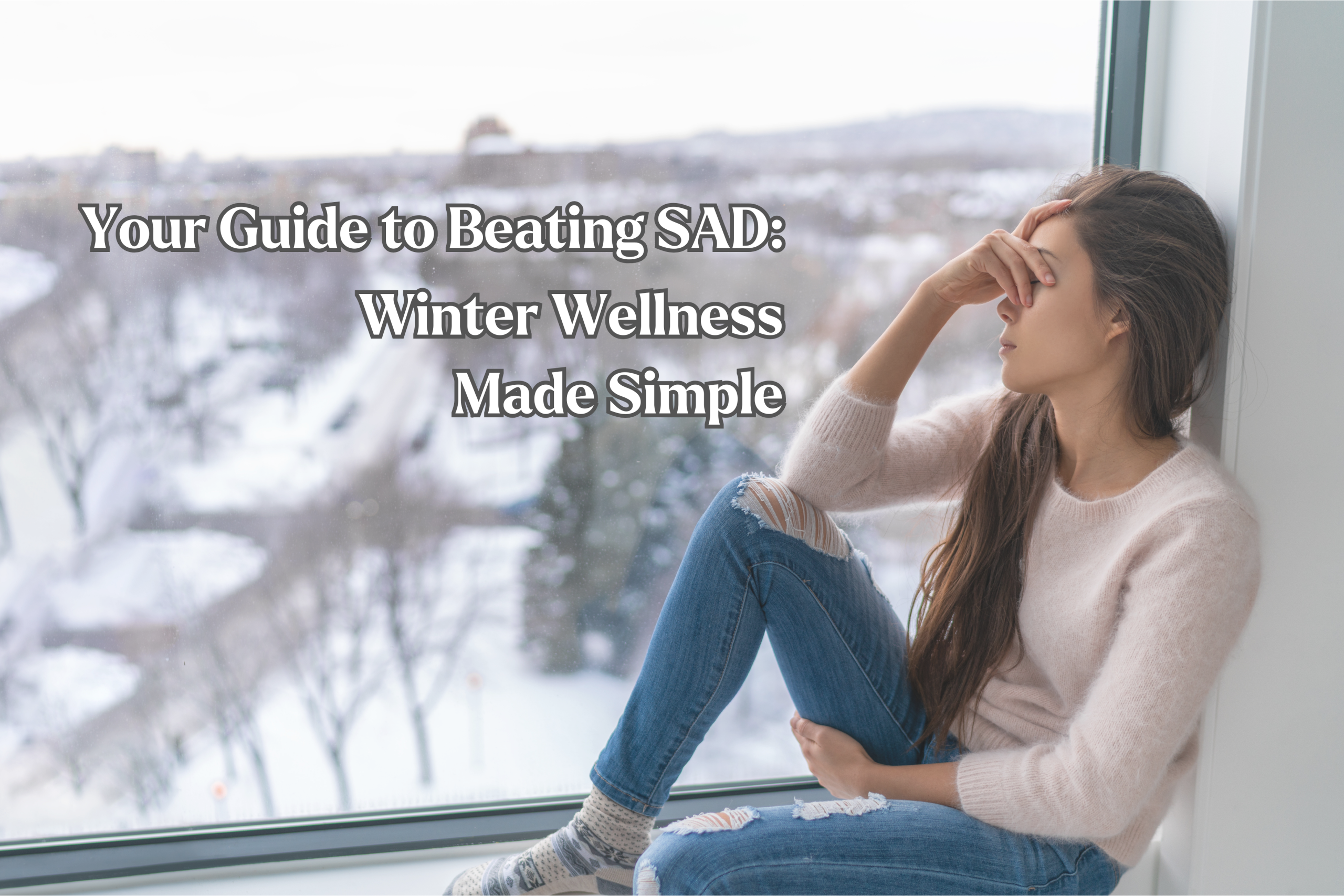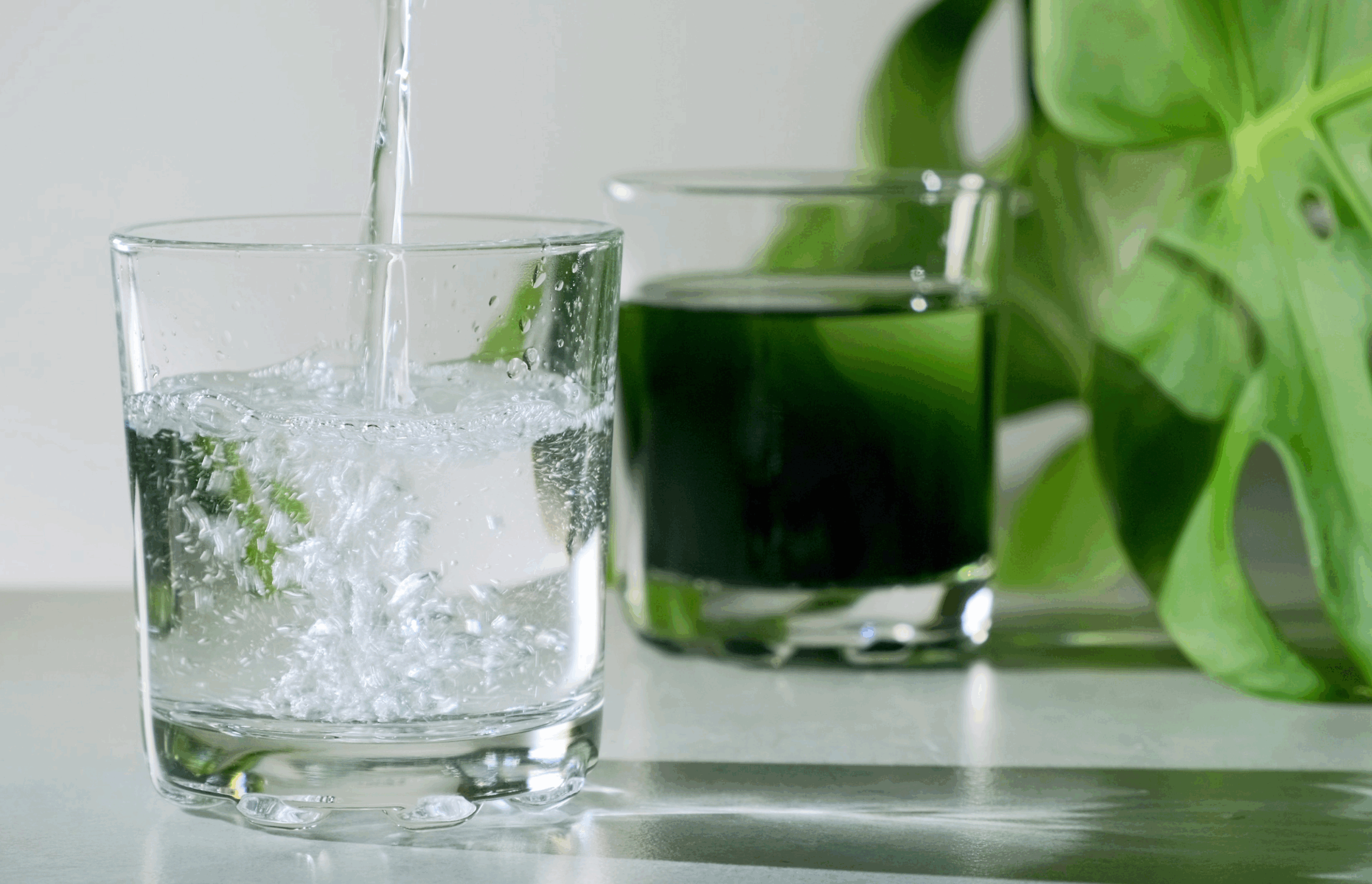Your Guide to Beating SAD: Winter Wellness Made Simple

As the seasons change, many people experience the effects of Seasonal Affective Disorder (SAD), a type of depression often triggered by reduced sunlight in fall and winter. While it might feel like the “winter blues,” SAD can impact your mood, energy levels, and overall quality of life. At Haskill Creek, we believe in a holistic approach to wellness, offering tools and tips to support your mental and physical health during this challenging time.
What is SAD?
SAD is more than just a seasonal funk; it’s a form of depression with symptoms such as:
-
Persistent sadness or feeling “down” most of the day.
-
Low energy and sluggishness.
-
Difficulty concentrating.
-
Sleeping too much or experiencing carbohydrate cravings.
-
Losing interest in previously enjoyable activities.
Research suggests that disruptions in our circadian rhythms, caused by shorter daylight hours, play a significant role in SAD. These changes impact serotonin and melatonin levels, crucial for regulating mood and sleep.
Daily Habits to Combat SAD
Consistency and care are key to managing SAD. Incorporate these habits into your daily routine to stabilize mood and motivation:
-
Natural Sunlight and Light Therapy
Aim for 30 minutes of sunlight exposure daily. If natural light isn’t accessible, consider full-spectrum light therapy with products like Verilux Happy Lights. Light therapy not only mimics sunlight but has been shown to positively affect mood and cognitive functions
Verywell Health
Psychiatric Times. -
Stick to a Sleep Schedule
SAD-related hypersomnolence often involves fragmented or low-quality sleep rather than excessive sleep time. Maintaining a consistent wake-sleep cycle can help improve sleep quality
Psychiatric Times
Merck Manuals. -
Exercise Regularly
Physical activity, especially outdoors, can alleviate depressive symptoms. Even a short walk on sunny days can significantly boost mood
Verywell Health. -
Stay Socially Connected
Social isolation during winter can exacerbate symptoms of SAD. Engaging with friends, family, or community activities can improve resilience and mood
Verywell Health
Merck Manuals. -
A Balanced Diet
Include nutrient-rich foods like fatty fish, eggs, and mushrooms for natural Vitamin D. Vitamin D deficiencies have been linked to higher depression rates
Psychiatric Times
Merck Manuals. -
Cognitive Behavioral Therapy (CBT)
CBT helps individuals reframe negative thoughts and develop coping mechanisms. Studies show it may offer long-lasting benefits for those with SAD
Merck Manuals. -
Aromatherapy
Essential oils like lavender or citrus may alleviate depressive symptoms. -
Engage in Enjoyable Activities
Hobbies such as crafting, music, or gardening can bring moments of joy.
Haskill Creek's Top Wellness Recommendations
We’ve curated a range of products to support your wellness journey:
-
Light Therapy
Verilux Happy Lights deliver clinically proven 10,000 lux intensity to mimic natural sunlight safely. -
Vitamin D Supplements
Research indicates a link between low Vitamin D levels and depression. Try Thorne Vitamin D or Cymbiotika Liposomal Vitamin D3 + K2 + CoQ10 to meet your needs. -
Journaling
Reflect and express your thoughts with our Blush and Gold Journals, perfect for mindfulness practice. -
Adaptogenic Teas and Herbs
Medicinal mushrooms and custom tea blends can help balance your stress response. -
Aromatherapy
Enhance your space with Campo Essential Oils and diffusers for a calming ambiance. -
Exercise Equipment
Our Bala mats, weights, and blocks make it easy to stay active indoors.
Important Reminder
While our team at Haskill Creek is passionate about health and wellness, we are not licensed medical professionals. Always consult with a doctor or licensed healthcare provider for personalized advice and to determine the best solutions for your health needs.
Emerging Insights and Future Directions
-
Neuroplasticity Research
Studies on light therapy suggest it may work by modulating neuroplasticity and reducing neuroinflammation in specific brain regions, providing additional therapeutic benefits
Psychiatric Times. -
Regional Variations in SAD
SAD isn’t limited to winter or northern latitudes. Understanding local patterns and risks can help tailor prevention strategies
Psychiatric Times
Merck Manuals
At Haskill Creek, we’re here to support your journey to better health and wellness. Whether it’s through curated products or practical tips, let us help you find balance this season. Visit our store to explore more ways to brighten your winter days.
Your Wellness Matters
Don’t tough out SAD on your own. Start small by integrating these steps into your daily life. Always consult with your doctor to determine what works best for your specific needs. Let’s work together to keep your mood and motivation steady year-round.

Sign up for our newsletter!
Join to get the Haskill Newsletter and be the first to learn about new products, events, and other goings-on at Haskill Creek!









